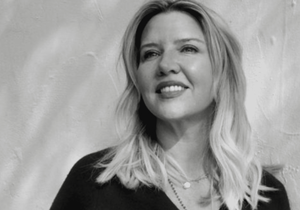Intro, Part 2: Beyond the Old Archetypes (9 Lives)
This article is from the serialized version of our new book, The 9 Lives of Women, by our founder, Christine. Follow these articles weekly. This is post # 2 in the series.
Beyond the Old Archetypes
There are still many ambient assumptions concerning a woman’s worth as a transactional object of sexuality or reproduction that are alive and active in our culture. The old archetypes of maiden, matron, and crone define a woman as “ready to have children,” “having had a child,” or “no longer able to have a child,” While there are more poetic interpretations of these stages, fundamentally the definitions come from an era in which women's worth was derived primarily from bearing and raising children. While creating and nurturing healthy, happy humans is an amazing privilege and a heroic endeavor, it’s not all that is valuable in being female. As vital and colorful as that aspect of our lives may be, it does not represent the complete spectrum of what it’s like to live a rich, sensual life in a female body.
Part of the new message we need to send is reimagining the stages of women’s lives and sexuality. We need fresh archetypes that re-stratify the stages that women go through from the time they get their period until into their 80s, a time which is often ignored. We are living in an era of rapid (even exponential) cultural and technological changes. These have spawned new meanings and new questions at each stage of our sexual and reproductive lives. For the first time in human history, our lives are often asynchronous with our biology. Thirty years ago, for example, age thirty-five was considered a geriatric pregnancy. Today, it's the norm. Girls are entering puberty earlier than ever before, and they are being sexualized at single-digit ages. There is no guidebook for the current experiment. We are figuring it out (more or less) as we go, often in isolation. But isolation breeds confusion and secrecy. We are better off when we look at our experience together, with open channels of communication and solidarity.
To start, and in order to pull back the veil of secrecy, both men and women should be able to name all of the parts of a woman's reproductive and sexual anatomy for both babies and pleasure. It shouldn't be, "Oh my god, lady bits." Men need to understand life in a woman's body as much as a woman can: our cycles and hormonal differences. And we all need to realize that men and women are running on fundamentally different chemical programs that interact differently with the culture. Out of this normalization, there need to be free conversations about our direct experiences, the reality of the sexual continuum between male and female, and our gender preferences.
To be continued next week in Intro Part 3: The Continuum of Becoming






















